#Chinese studies
Text




Working on traditional chinese again today,,,copying down the last couple translations then learning the necessary vocabulary. I got about a week left until the exams and my anxiety levels are skyrocketing.
Also all the snow just vanished overnight, which kinda bummed me out...🥲
#study blog#studyblr#university#chinese studies#student#student life#learning languages#study motivation#languages#mandarin
203 notes
·
View notes
Text



10/09.
We're taking today easy uwu~ My plan is to do some self-study of Korean for most of the day ( I'm working through TTMIK's my first 500 Korean words ) & revising my mandarin vocab so that it sticks. Besides that I'm hanging out in a friends livestream & hoping to read a whole HEAP today.
CURRENTLY READING: Babel - R.F Kuang & An exciting and vivid inner life - Paul Dalla Rosa
CURRENTLY LISTENING: Cyberpunk - ATEEZ
#notion#studying#bookblr#bookstagram#studyblr#studyblr community#study space#cozy vibes#study blog#studyspo#study aesthetic#accounting student#book blog#language#langblr#korean studies#korean studyblr#chinese studies#mandarin studyblr
257 notes
·
View notes
Text
if i want to learn to read in chinese (cantonese) what are the best free resources to do so? i still have the muscle memory for writing from when i was in chinese school (like proper stroke order and such) but i would like to be able to read! also is there a difference between cantonese and mandarin for reading? idrc about speaking since i am coming from a toisanese bg anyway so i know some basic cantonese!
38 notes
·
View notes
Text
This post is about some of the non-flower flowers...
老花 Lǎo huā (lit. old flower) presbyopia. basically it's the phenomenon that makes things you see blurry, due to old age.
天花 tiān huā (lit. sky flower) smallpox. It's named after it's the rash/ blister caused by smallpox.
天花板 tiān huā bǎn (lit. sky flower board) ceiling. This is actually from back in the days when they painted the ceiling with lotus flower.
豆花 dòu huā (lit. bean flower) a soft tofu dessert. Which comes from the full name 豆腐花, meaning tofu that is not pressed. But what does it have to do with flower? no idea.
棉花 mián huā (lit. cotton flower) cotton. The white fluffy part of the cotton plant, which is not the flower part but the boil of the plant.
蔥花 cōng huā (lit. onion flower) diced green onion. Note that nothing else diced is named in this way. If you say 洋蔥花 (not a real term!) I'll think of the fried onion appetizer awesome blossom.
蛋花 dàn huā (lit. egg flower) when you beat eggs and cook them in soup to make them look like...scattered...soft..silky pieces of eggs.
and a fun one: 花心 huā xīn (lit. flower heart) adjective to teasingly describe someone who have romantic interests in others easily. This is usually used for CRUSHES and not actual relationship, which makes the term kind of funny and somewhat harmless.
It's someone who tends to develop crushes easily and often on different people. Can be used with both guys and girls. The opposite term would be 專情 zhuān qíng.
Also, 花心大蘿蔔 huā xīn dà luóbo is a playful way to call a guy that likes a bunch of girls. (Lit means flower heart big turnip. )
This really shows how Chinese people *date* differently than the western culture, doesn't it?
103 notes
·
View notes
Text


25.05.2023
Pics from a small evening study session I did a while ago. I haven’t revised any Chinese in forever but I have to say, it was easier to get back into than I had anticipated.
#studyblr#studyspo#student blog#study motivation#studying#study aesthetic#dark academia#university studyblr#sinology#Chinese studies#chinese studyblr
49 notes
·
View notes
Text
(the 2nd mc is speaking chinese)
zee (to nunew): do you understand everything?
nunew: yes
zee: 😌 *impressed*
nunew: but it’s difficult 😖
zee: *nods*
~~~~~~~~~~~~~~~~~~~~~~~~~~~~~~~~~~~~~~~~~~~~~
THIS. as a chinese studies major (i study the same thing as nunew), i can tell you that this is the universal experience. when people see us listening to chinese, they ask “wait how can you understand everything? DO you understand everything?”, so we answer “yeah” but later it’s so awkward cause we don’t want to seem as boasting so we add sth later on like “yeah but it’s difficult/they’re speaking very fast 😖” (sometimes it truly is lmao)
+ nunew is SO GOOD at grammar stuff like BRUH, the way he remembers even the smallest things it’s WILD
#nunew chawarin#nunew#zee pruk#zee#zeenunew#chinese#chinese studies#chinese major#livestream#thai actors#nunew is such a smart cat#his grammar is AMAZING
18 notes
·
View notes
Text
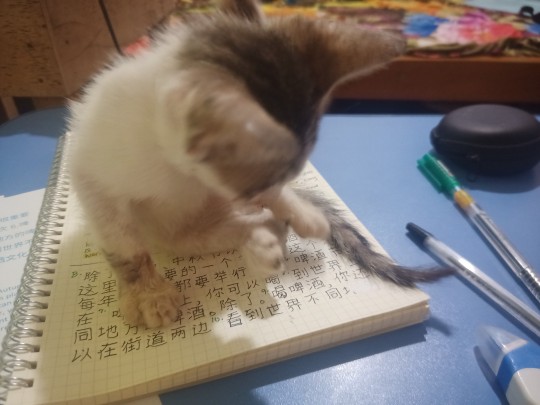
I have a deadline 🥲
#she wants to play#but i am so soooo busy#studyblr#langblr#cats#my cats#miyamiwu.log#chinese studies#miyamiwu.src
4 notes
·
View notes
Text
as of now, i am officially an Art History major (East Asian Religions focus) with a double minor in Museum Studies and Chinese Language and Cultural Studies
i'm also officially an online student for the next year! yayy. hoping i stick with it this time haha :)
#studyblr#academia#black academia#black studyblr#grey academia#student#light academia#college student#college#uni#university stuff#university student#university#art school#art student#art history major#museum studies#chinese studies
32 notes
·
View notes
Text
FYI I just went back through my posts/reblogs that contain Mandarin audio and tagged them #listening comprehension. Browse the tag: [on mobile] or [on browser]
This includes reposted tiktoks that other people translated, short video clips I uploaded from various tv shows and then discussed, a few audio posts I made, etc.
.
Would you like me to do a listening comprehension post about a specific piece of Chinese audio? Perhaps you were watching a tv show, and the subtitles didn't make sense, or no subtitle translation was provided.
Message me, or send me an ask!
If it's dialogue from a series/movie you watched on netflix/amazon prime/youtube/viki, tell me:
the name of the series/movie
the episode number (if applicable)
the start time/end time of the dialogue you want analyzed
Otherwise, just send me a direct link to the video/audio clip.
Note: Must be shorter than 30 seconds.
14 notes
·
View notes
Text
32 rare images of French Missionaries in Yunnan , 1933
New Post has been published on https://china-underground.com/2014/06/13/the-snows-of-others/
32 rare images of French Missionaries in Yunnan , 1933

Mission to the Land of the Three Rivers (1933-1952) In 1035, St. Bernard of Menthon built a hospice on the Mont Joux, the most ancient pass through the Alps.
Related: Lamas performing Cham Dance in Tibet
The hospice was run by a congregation of canons, with the aim of assisting mountain travelers and providing shelter.
In the 16th century the hospice, together with the pass, was named Great St. Bernard.
The hospice’s fame was also due to the dogs used in mountain rescues, named after this patron saint of mountaineers and climbers.
Between 1933 and 1952, the canons of the Great St. Bernard sent 4 missions to Yunnan province.
Their area extends from north to south, confined between the natural barriers of the Yangtze River, the Salween River and the Mekong river, from Yanjing (known in Tibetan as Yerkalo) to Weixi.
The views offered by the three rivers, separated by mountains reaching heights of more than 4,500 meters, are breathtaking and unique.
During the mission’s twenty years in Yunnan, the canons took over the French M.E.P.’s mission stations.
They built a shelter, began the construction of a hospice on the peak of Latsa, and opened many schools, in particular Hualuoba school.
Most notably, the canons were able to enter an almost impenetrable universe of diverse ethnicities, religions, customs, and traditions.
At the Canons of the Great St. Bernard’s archives in Martigny, ample materials with extraordinary documentative and anthropological value were unearthed.
This exhibition was the result of extensive research financed by CASCC (Center for Advanced Studies on Contemporary China).

Sacred dances and rites at Kangpoudong Lamasery. Every Tibetan New Year they resort to these rites to evoke the arrival of Padmasambhava (Guru Rinpoche) in Tibet
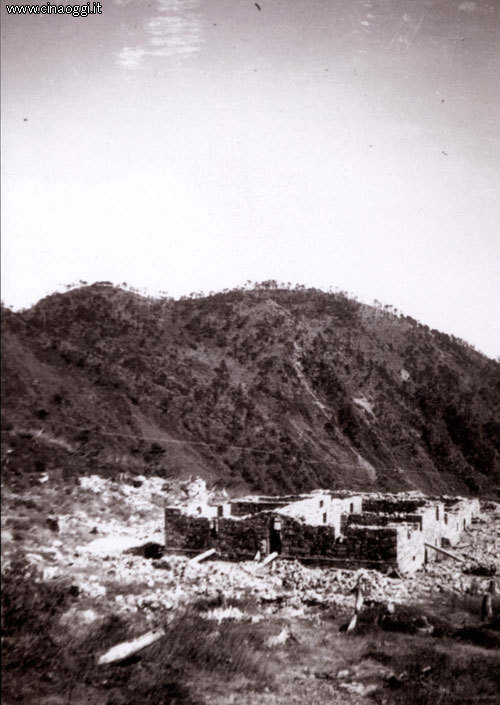
Summer 1938: view of the hospice at the Latsa pass

Construction of Hualopa School

A rope bridge

A perpetually snow-capped mountain at the border between Yunnan and Tibet

Father Jules Detry, author of numerous photographs on show, with the St. Bernard dogs in front of the Great St. Bernard Hospice
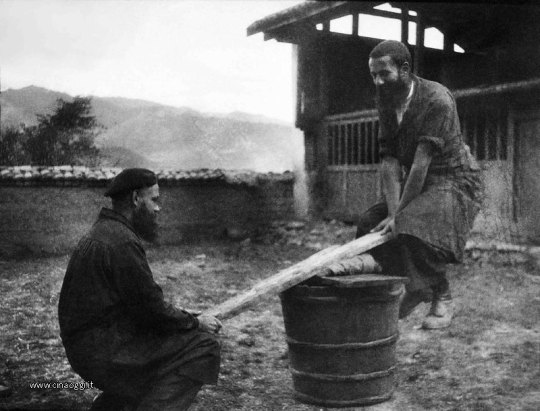
Friar Louis Duc and lay missionary Robert Chappelet playing
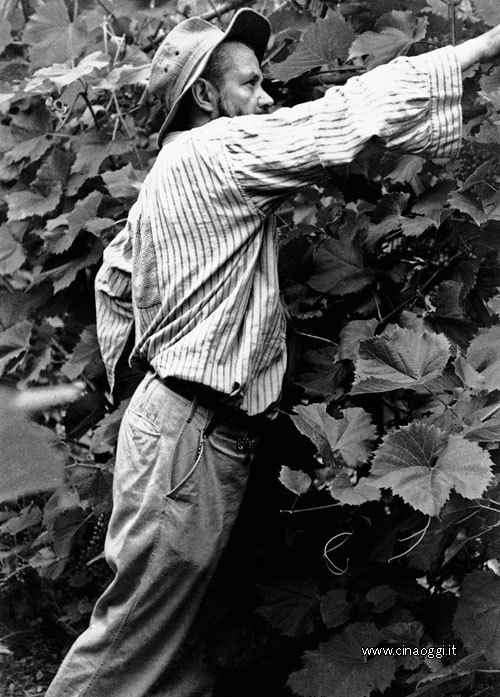
Friar Louis Duc in Weixi vineyard

Missionaries in the Weixi mission open parcels from Europe

Weixi Bridge

Workers dig the Latsa hospice foundation
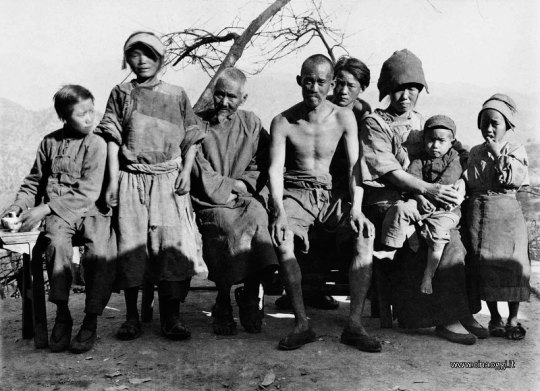
A Weixi family

Fathers Angelin Lovey and Henry Nanchen in the company of Yerkalo’s village chief

A porter on the mountain path to Latsa
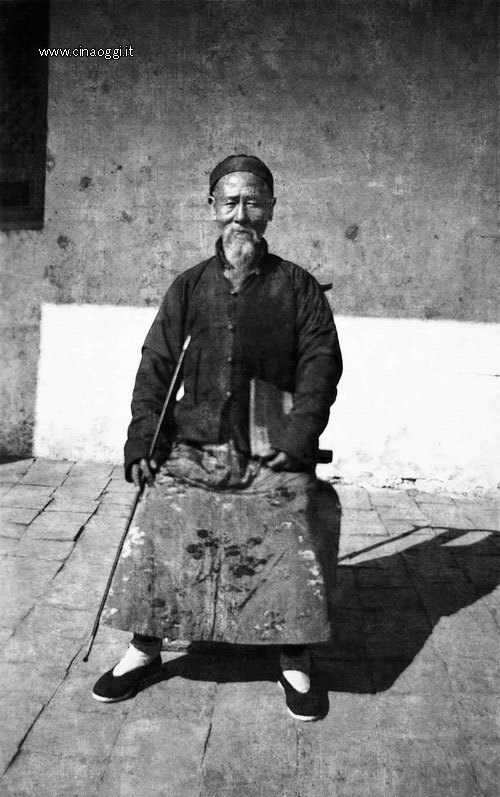
The missionaries’ Chinese language teacher
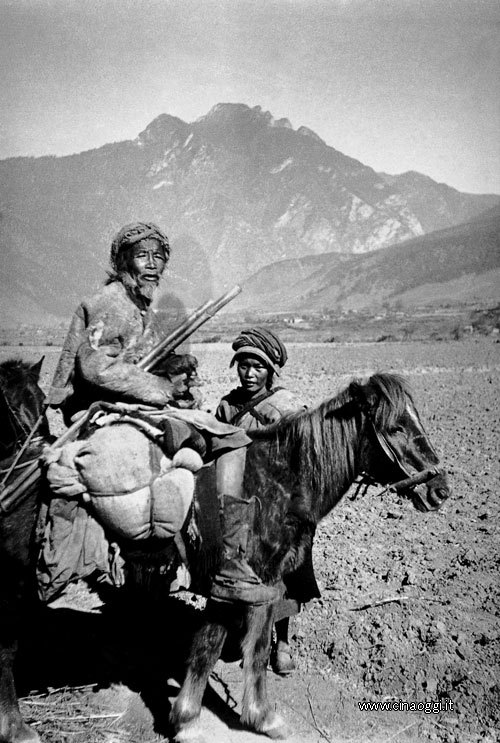
Pilgrims on the way to Kawakarpo
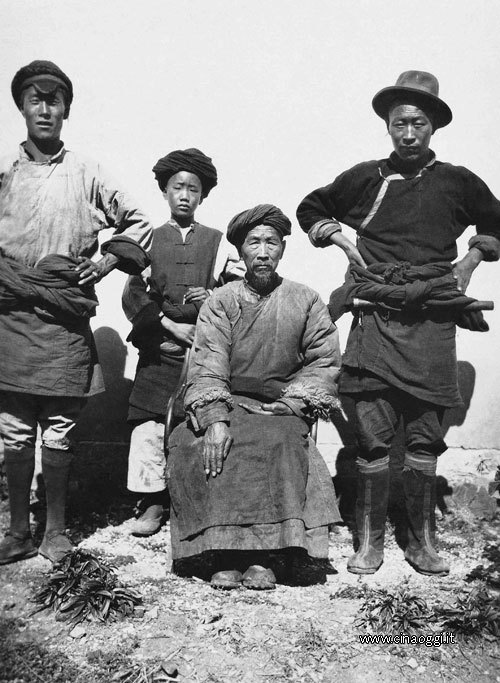
A family converted to Christianity

Fathers Paul Coquez and Jules Detry demonstrate the movie camera to curious children

Transporting a horse across the river by canoe

The first expedition’s missionaries with Xiao-Weixi school children
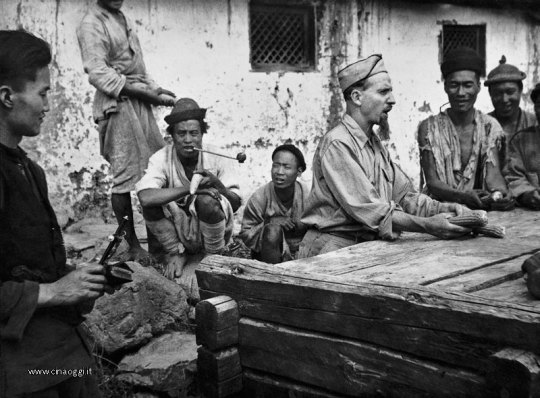
Father Paul Coquez preaches in Xiao-Weixi

Church in Bahang

The witch doctor from Cezong and his grandson

Girls in their festive dress for their first communion
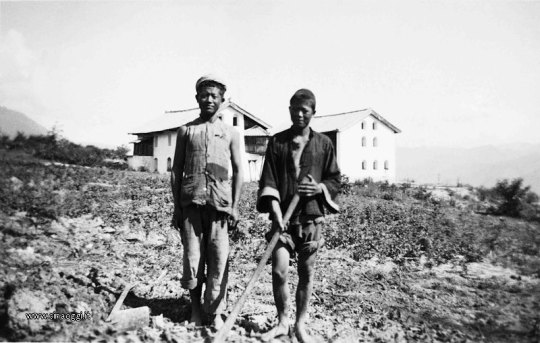
Each student of the Hualopa School is given a patch of land for cultivating at will

A porter rests against his pannier
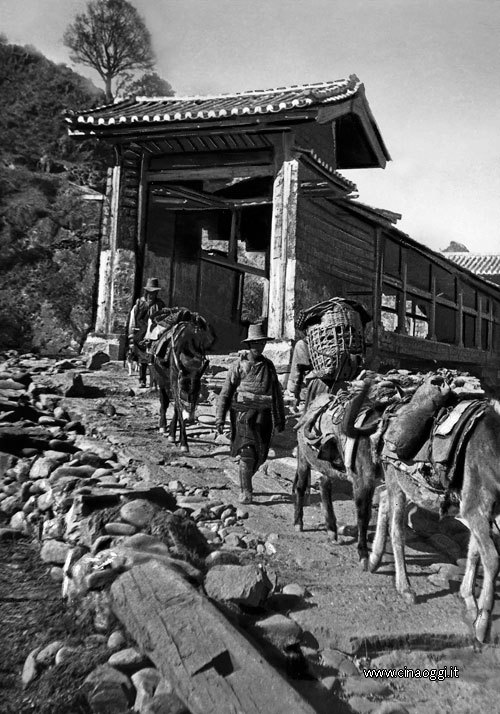
The missionaries’ traveling caravan

Father Angelin Lovey visits a Lama

Father Jules Detry visits a Lama

Sacred dances and rites at Kangpoudong Lamasery. Every Tibetan New Year they resort to these rites to evoke the arrival of Padmasambhava (Guru Rinpoche) in Tibet

Source: CinaOggi.it
#CatholicMissionTrips, #ChinaTibetTour, #ChinaTibetTours, #ChineseSchools, #ChineseShamans, #ChineseStudies, #ChristianMissionOrganization, #ChristianMissionTrip, #ChristianMissionsTrips, #FamousChristianMissionaries, #GreatStBernard, #Hospice, #Hualuoba, #InternationalMissionTrips, #Mekong, #MissionTrip, #MissionTripToChina, #MissionariesInChinaToday, #MissionsInChina, #NaxiPeople, #OldChina, #OldTibet, #Salween, #Shamans, #StBernardOfMenthon, #ThreeRivers, #TibetTravel, #TibetTrip, #Tibetans, #Weixi, #WhatMissionariesDo, #WorldMissionaries, #Yanjing, #Yunnan, #YunnanHotels
#catholic mission trips#china tibet tour#china tibet tours#chinese schools#chinese shamans#chinese studies#christian mission organization#christian mission trip#christian missions trips#famous christian missionaries#Great St. Bernard#hospice#Hualuoba#international mission trips#Mekong#mission trip#mission trip to China#missionaries in china today#missions in china#Naxi people#old china#old tibet#salween#shamans#St. Bernard of Menthon#three rivers#tibet travel#tibet trip#Tibetans#weixi
8 notes
·
View notes
Text
friday, may 6th
好久不见!It's been SO LONG since I don't post here, and to think I promised to post daily 😅 But there's a saying in my native language that says: "Quem é vivo sempre aparece" which means "those who are alive will be seen eventually " and here I am!
First, new vocab:
Words that indicates one's sex
男人; nán rén: man
女人; nu rén: woman
男朋友; nán péng yôu: boyfriend
女朋友; nu péng yôu: girlfriend
男孩子; nán hái zi: boy
女孩子; nu hái zi: girl
Sports
滑雪; huá xue: ski
滑冰; huá bing: ice skating
游泳; yóu yông: swimming
跳舞; tiào wû: dancing
#chinese langblr#mandarin langblr#chinese learning#chinese vocab#hsk1#mandarin#mandarin vocab#chinese language#chinese#chinese studies#chinese studyblr#language learning#learn chinese#magnolia studies
10 notes
·
View notes
Text

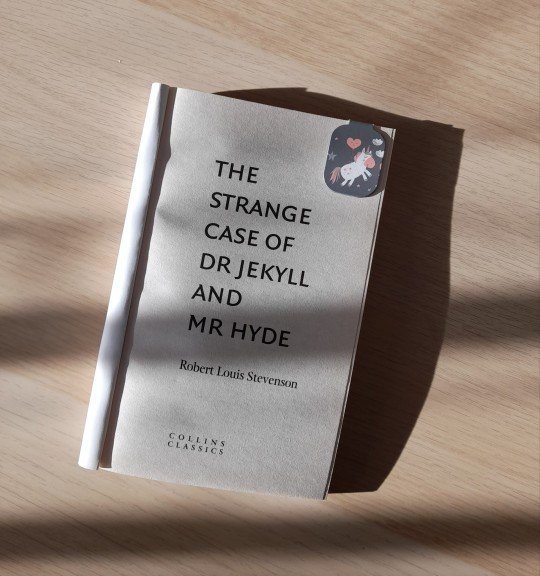


Didn't do much yesterday and started learning wayyy past the time I'd originally planned but hey better late than never.
Also decided to try and read some 'classics',,,hope I won't be disappointed <3
#study blog#studyblr#university#chinese studies#student#student life#learning languages#study motivation#languages#mandarin
56 notes
·
View notes
Text



09月11日
Todays to-do:
find images for Comm theory VCV
Page 2 of Audit assignment
Read over 100 pages
Study Korean or Mandarin
#chinese studies#mandarin studyblr#korean studies#korean studyblr#business studies#business student#study blog#studyblr community#study aesthetic#studyspo#studyblr#bookblr#book blog#bookstagram#** mine !#kpop room#dark academism#dark academia#annotation#annotating books
128 notes
·
View notes
Text
2018: Japanese blog on Buddhism and Temple Visits
As I brush up on my Japanese I came across these blog entries from the Yasuda Prayer Bead Shop [Japanese language page 安田念珠店] written a few years ago. I used DeepL to do a translation, fiddled and corrected it very slightly and replaced Japanese URL links with English ones — sometimes running a Japanese link through Google Translate.
You may want to skip my boring commentary below and skip…

View On WordPress
#Buddhism#China#Chinese studies#韓國#高麗史#Google Translate#Goryeosa#Japan#Korea#Koryo-sa#Religion#Shinto#sinology#中国
0 notes
Text
Is he/she your type?
他/她是你的菜嗎?
tā/tā shì nǐ de cài ma?
菜 cài = dish. used for both male/female.
It's fine to say 這個人是我的菜 zhè ge rén shì wǒ de cài (lit. this person is my dish.)
Of course 菜 also means 蔬菜 shū cài = vegetables.
On an unrelated note:
校花/班花 xiào huā/bān huā = the pretties girl in the school / a class.
校草/班草 xiào cǎo/bān cǎo= most good-looking boy in the school / a class.
班 bān here refers to a classroom (班級 bān jí), because students in Taiwan are assigned to one "room" and it's the teachers who come and go between classes. Hence, the "class" here does not refer to the grade (ie Class of 2022) but X年Y班 = (the Y 班 of the X grade).
there is also the concept of 班對 bān duì = two mutually pining idiots in the same 班. Because many schools forbid frown upon students being in romantic relationships.
But if you hear xiào duì, chances are they are talking about 校隊 = the varsity team (lit. school team)--- not two mutually pining idiots in the same school....
On another truly unrelated note:
Don't confuse 班 (class) with 斑 (spot)!
#lanblr#learning languages#chinese vocab#chinese studies#cultural context#fun stuff#who's your dish?
10 notes
·
View notes
Text
hi, tumblr.
I’ve decided to (re-)introduce myself because I had no idea what this account would be about last time I did an introduction. So, here goes another one!
My name is Sue, I’m 22 years old and I major in rhetorics and sinology at university.
Nowadays most of my posts will revolve around Danish and rhetorics, but I have studied multiple languages in the past - my favourite one of them being, as my sinology studies suggests, Chinese. I sometimes dream of picking it back up, but for now I’m busy trying to do well enough when it comes to my current studies.
When I dream about the future I can see myself sitting in this old library, or perhaps a vintage café, reading books and drinking black coffee. I’m a professor, doctor’s degree and all - but alas, I’ve been studying for 4 years now and I still haven’t finished my bachelor’s degree. Going at a slow pace, but still getting there, I suppose. That’s something I wish to share on this studyblr - this whole, lengthy journey.
I’m happy to take you all with me on this ride. Sharing struggles eases the burden, sharing joy multiplies it. Until then, have a good day everyone!

My other blogs:
midnat-journey (writing blog - fiction, fanfiction)
horizons-creed (gaming blog - photo mode pics)
#studyblr#studyblr introduction#university student blog#student blog#university#european university#chaotic academia#student blog introduction#introduction#rhetorics major#sinology#sinology major#Chinese studies#danish#student#studying#studyspo#study inspiration#study motivation
7 notes
·
View notes